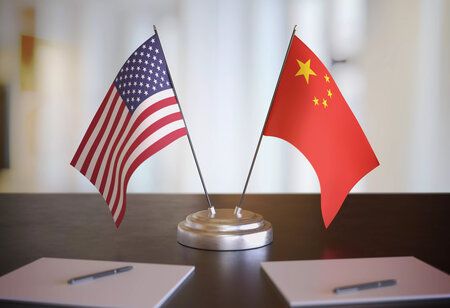By Global Consultants Review Team
 In an important move to ease trade tensions, the United States and China have begun a 90-day truce, stepping back from a damaging tariff war. This agreement started in mid-May 2025 and will run until mid-August, giving both countries time to try and work out a long-term economic deal.
In an important move to ease trade tensions, the United States and China have begun a 90-day truce, stepping back from a damaging tariff war. This agreement started in mid-May 2025 and will run until mid-August, giving both countries time to try and work out a long-term economic deal.
Under this temporary deal, the US has sharply lowered tariffs on Chinese goods from a massive 145% to 30%. In return, China cut its duties on US products from 125% to just 10%. This has brought much-needed relief to businesses and markets around the world that depend on stable trade between the two largest economies.
After weeks of high-level talks, both sides also announced in late June that they had agreed on a basic framework for a future trade deal. As part of this early understanding, the US will ease some strict trade measures, while China promised to speed up approvals for export-controlled goods. This is seen as a small but important step toward building trust and deeper cooperation.
Even so, many tough issues remain. Talks in the coming weeks will have to tackle sensitive matters like technology transfer, intellectual property rights, and supply chain controls. Analysts warn that if these talks fail, tariffs could quickly go back up, hurting global growth.
Meanwhile, the US is also in intense talks with India to wrap up a Bilateral Trade Agreement before a July 9 deadline. President Donald Trump sounded positive, saying he expects a fair deal that lowers tariffs and lets both countries compete on equal terms.
For now, global markets have responded well to the easing of tensions. Businesses in trade-heavy sectors in the US, China, and beyond are hoping that this calm period will lead to a lasting solution.
We use cookies to ensure you get the best experience on our website. Read more...